Planting and caring for spirea
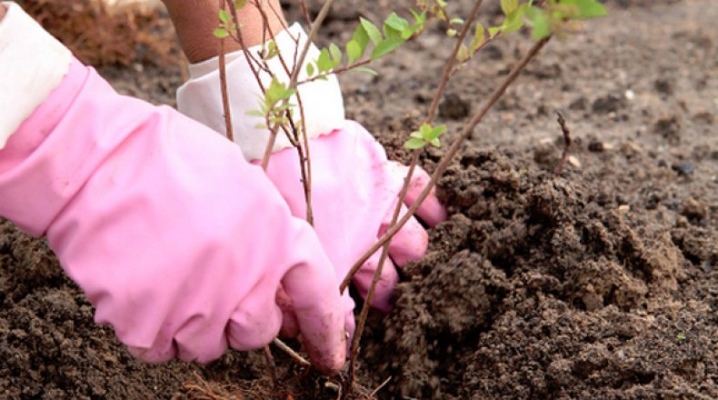
Spirea is an ornamental shrub that is covered with a huge number of fragrant flowers in spring. In autumn, the foliage on it becomes yellow, pale orange, pale crimson, in some types of foliage it acquires several shades. An unpretentious soil-fortifying plant is often planted around playgrounds, institutions and private houses. It perfectly adapts to a harsh and milder climate, recovers after frost, withstands drought and temperature changes. And how does the spirea plant and care for it?
Variety selection
There are about 100 known varieties of this plant. Among them there are huge representatives up to 2.5 m and miniature, only 15 cm high. The branches of the culture are erect or creeping along the ground. During flowering, the bush is covered with small flowers arranged in inflorescences. The petals are painted in shades from white to burgundy. According to the flowering period, varieties are distinguished:
- spring;
- summer;
- autumn.
Spring varieties are characterized by abundant and lush flowering, which does not last long. In the first decade of May, white fragrant flowers bloom near two-year-old bushes. Spring species bloom only with white inflorescences. The shrub has a lifespan of about 20 years. Flowering takes place from mid-May to early June.
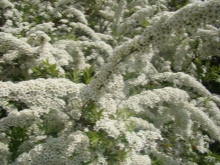
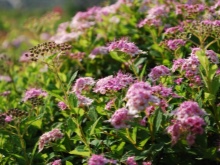
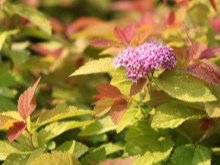
The following species are classified as spring flowering.
Spirea gray
Named for the grayish-green foliage. Bush up to 2 meters high. Grows rapidly, blooms throughout the month. Inflorescences cover the branches completely. It is considered a frost-resistant variety, but young plants under 5 years old are recommended to be sheltered from cold weather with spruce branches or dry grass.

Sharp serrated spirea (arguta)
It is considered the earliest flowering species. A height of 1.5 meters and more, the branches are bent, covered with white fragrant flowers. The flowering period is about 3 weeks. The characteristic difference is the narrow bright green serrated leaves. Often grown as a hedge.
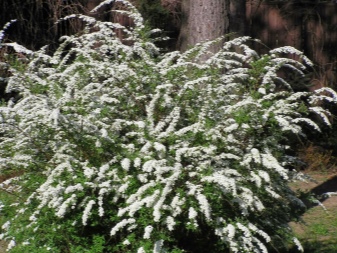
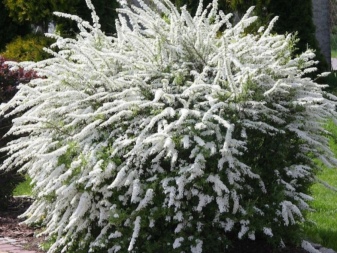
Spirea
Thin and curved branches cover shiny oval leaves, reminiscent of plum trees. In autumn, they turn orange. White double flowers appear in May. Young bushes for wintering are recommended to be covered and mulched. The spiraea is bred in Korea, it looks great in a landscape decorated in an oriental style.
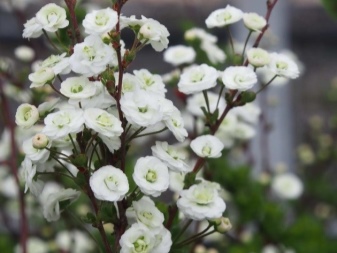
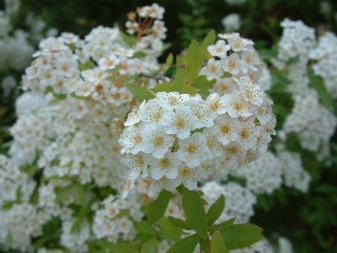
Spirea Wangutta
The hybrid grows up to 2 meters. Small flowers are arranged in rounded inflorescences. Lush dark leaves turn red with the onset of autumn. Arcuate branches drooping to the ground. Blooms in June, often again in August. Famous varieties: "White Bride", "Gold Fontaine", "Pink Ice".

Spirea average
In the wild, it is found in the south of Siberia and Central Asia. A round bush with a crown of light green leaves. Blooms in May. Blooms for about 2 weeks. Responds favorably to pruning and replanting.
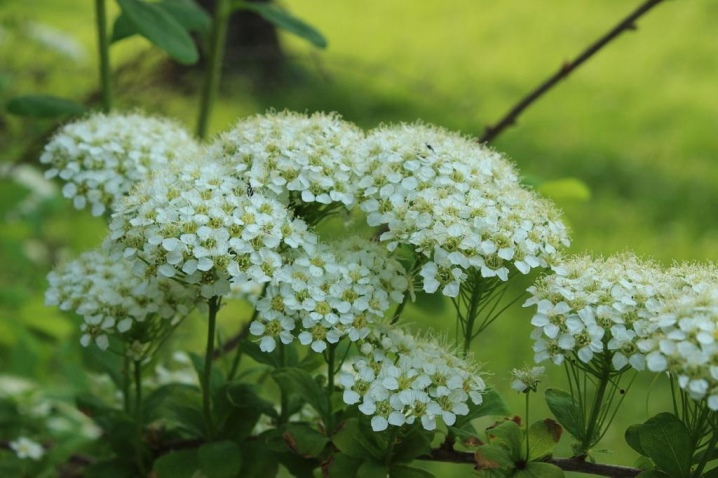
Spirea Thunberg
The branches reach 1.8 meters in length, inclined to the ground. Leaves are oval, elongated, light green, with barely noticeable denticles along the edges. In autumn they turn yellow and stay on the bush for a long time. The flowers are pinkish, collected in inflorescences, completely cover the branches.
In Japan, this is why the plant is called "snow willow" (yuki-yanagi).
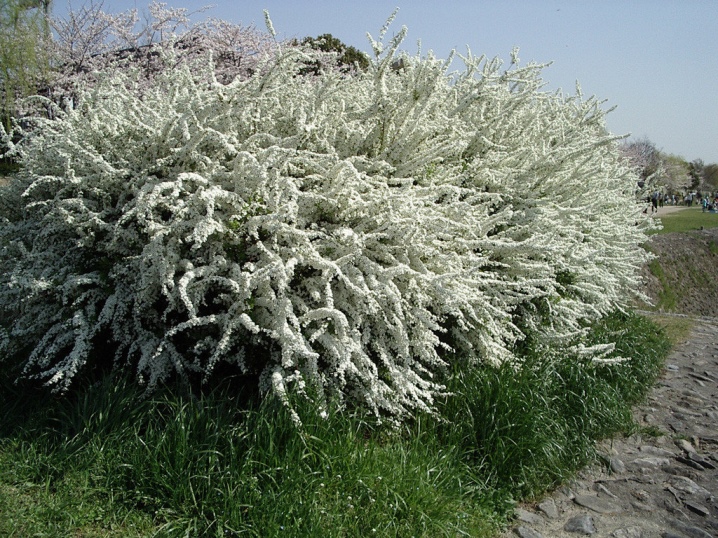
Three-lobed spirea
The compact variety is no more than a meter high. The leaves are rounded, with pronounced denticles dissecting the leaf. In autumn, the foliage takes on bright colors. White flowers bloom in May, flowering continues until June. The crown of the shrub is in the shape of a ball, the flowers are collected in inflorescences - rounded umbrellas. A frost-resistant variety for the Urals and Moscow region. Indispensable for framing borders and paths.
Summer varieties form buds only on the tops of this year's shoots. Last year's little by little dry up. Spireas from the summer group are less known to gardeners. Caring for them is quite simple. The main thing is to remove dying shoots in a timely manner.
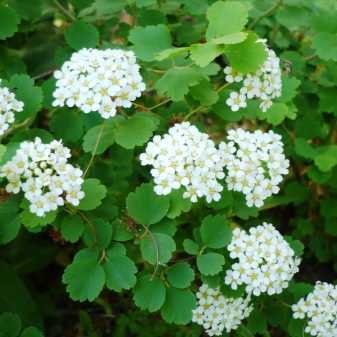
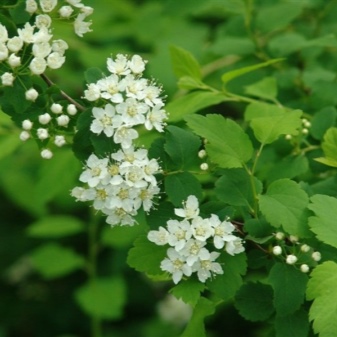
Birch spirea
Miniature bush up to 80 cm. Light green leaves of a rounded shape with soft teeth at the edges. Blooms in June, white or pink flowers form compact inflorescences. Light green lush rounded bush in autumn is painted in red tones. Resistant to frost and drought. Grows well in sun and shade. Blooms in mid-July for about 3-4 weeks.
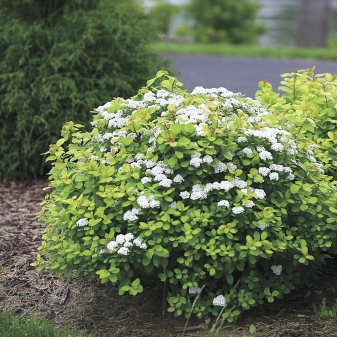

Spirea willow
Erect branches reach 2 meters in height. The leaves are sharp, about 10 cm elongated, dense green. Bright pink flowers form panicles. Blooms from June to August. Frost-resistant unpretentious look. Honey plant.

White-flowered spirea
Blooming spirea has a pleasant aroma. Shrub up to 1 meter tall, small-leaved with white fragrant inflorescences. The branches are erect, covered with flowers from July to the end of August. Hibernates without shelter. Timely pruning stimulates the formation of a large number of buds.
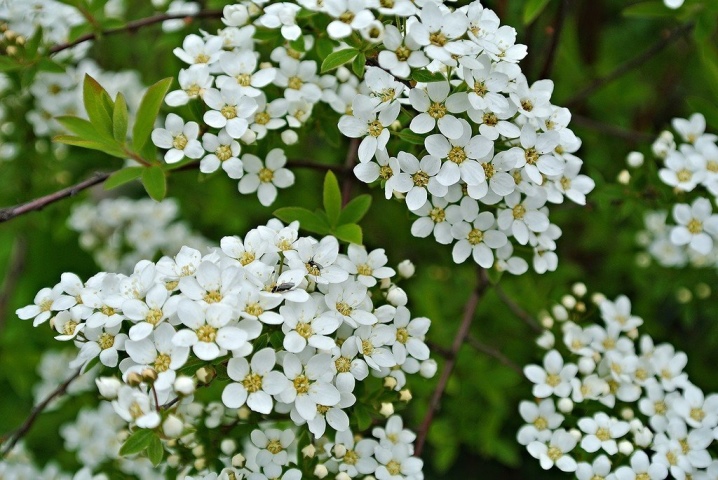
Spirea densely flowered
A small shrub up to 80 cm with a lush crown in the shape of a ball. The leaves are rounded, with small teeth. In autumn, the foliage changes from dense green to orange or yellow. In June - July, it begins to bloom with pale pink, pink or dark pink flowers, forming umbrellas.
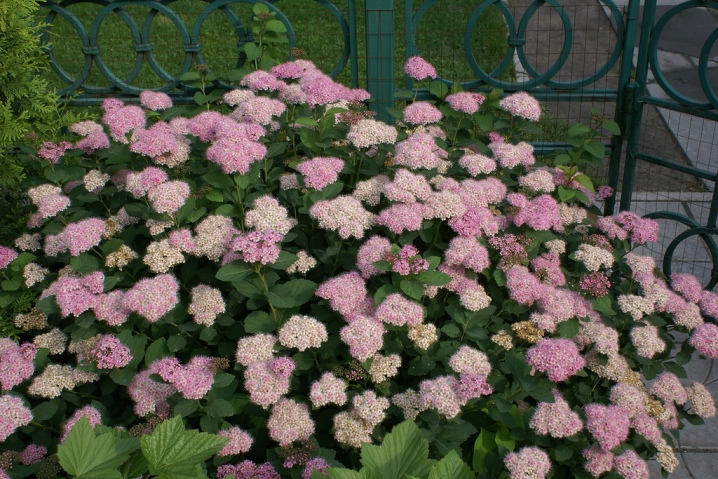
Spirea Bumbald
The hybrid is about a meter long or slightly shorter. Shoots are reddish, the leaves are elongated, with small denticles at the edges. Blooms in July - August. The flowers are pink or different varieties of pink, forming inflorescences. This is an unpretentious graceful variety.
Some summer species continue to bloom in the autumn months. These spireas can be classified as summer-autumn or autumn-flowering shrubs.
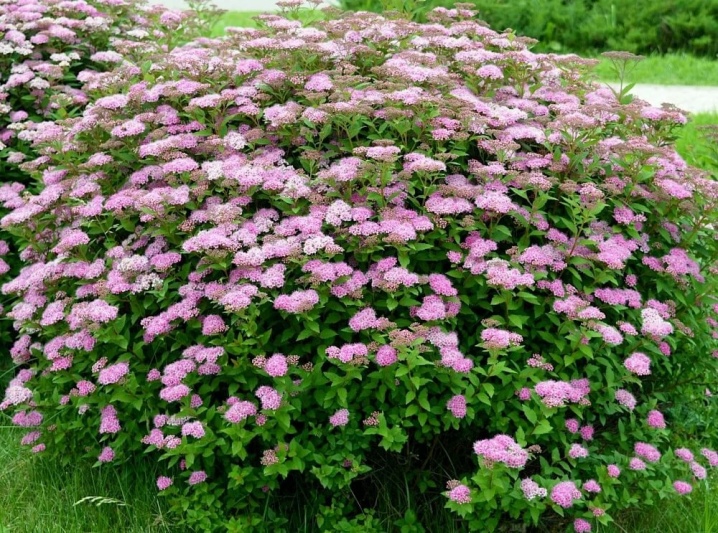
Lilac spirea
A dense curly crown grows about a meter. Leaves are small, oblong, small lilac flowers form large panicles. Flowering begins in June and lasts until frost. In autumn, bushes with a yellowed crown and purple-pink flowers look very beautiful.
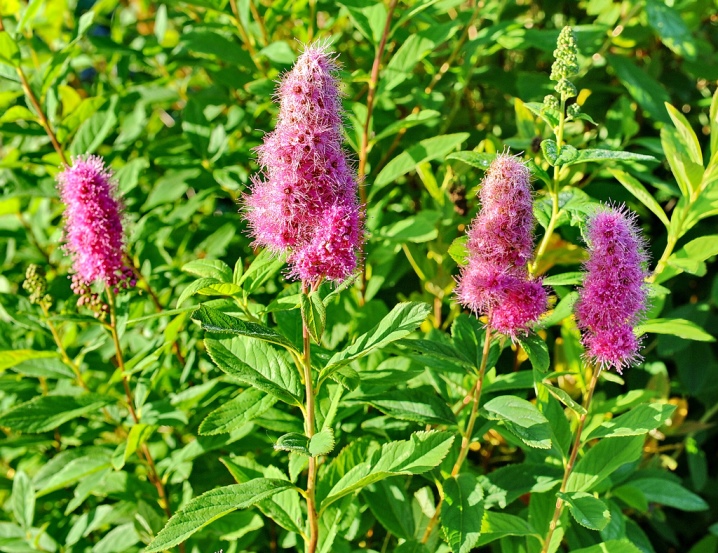
Japanese spirea
Miniature shrub up to 1 meter tall. In the spring, young brownish leaves appear, which turn green after a while. In autumn, the crown becomes bright yellow or orange in color. Blooms in July - August, flowering lasts throughout September - October. Rounded inflorescences are pale pink or bright crimson, only annual shoots bloom in the Japanese variety.
The flowering time is often determined by the plant variety.
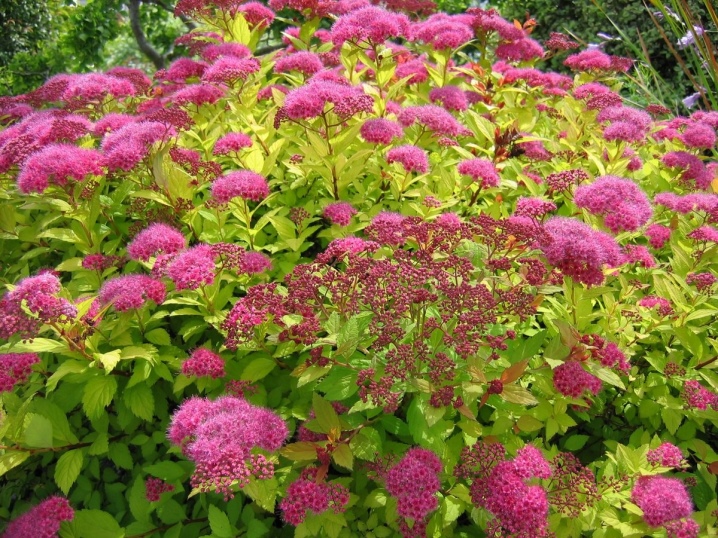
Spirea adorable
A distinctive feature is remontant flowering (re-flowering). The first wave of flowers is early June, the second (in August and September) is more abundant and lush. The branches are straight, form a round bush. It has small bright green fluffy leaves up to 5 cm, the flowers are pale pink, collected in large inflorescences (up to 15 cm), appear only on annual shoots.

Spirea Douglas
A perennial winter-hardy shrub grows up to 1.5 meters. Shoots are straight, the leaves are elongated, oblong, pubescent below. The flowers are small, bright pink, form panicles up to 18 cm. Flowering takes place from July to September. The aroma of blooming spirea is pleasant.
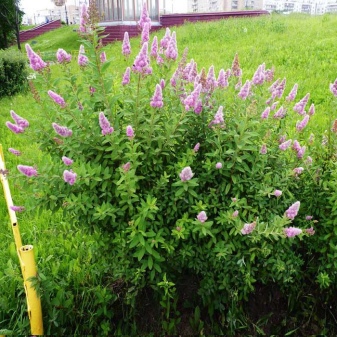
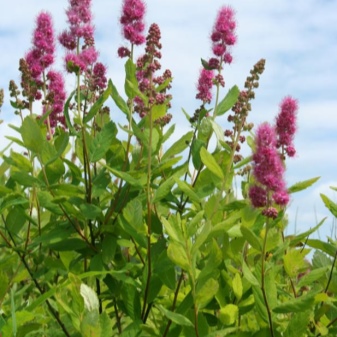
Spirea Billard
The variety is highly frost-resistant, can withstand frost down to -30 -35 ° C without shelter. Recommended to be planted in the Non-Black Earth Region and Siberia. The shoots of the shrub grow up to 2 meters, the flowers are small pink or white, collected in fluffy panicles.
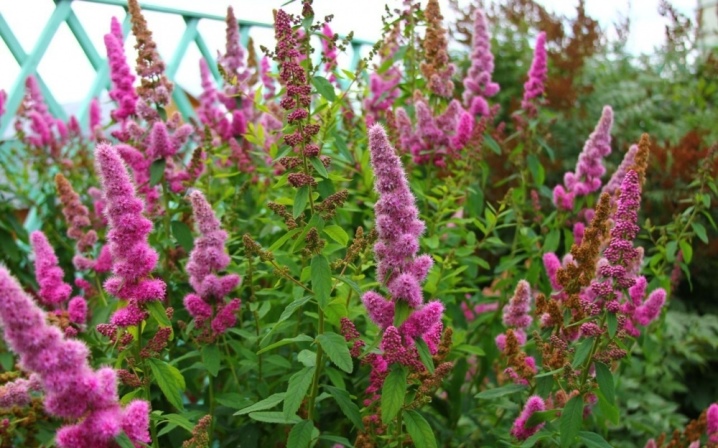
How to plant?
You can grow spirea in the following ways:
- from seeds;
- seedlings;
- cuttings or layering.
For beginners, the easiest way is to purchase a ready-made seedling and plant it on the site. When choosing a plant, they look at the condition of its roots and branches. The bush should look healthy, with no signs of decay, the roots and shoots should be flexible and no dry areas. Strong buds are clearly visible on the branches.

To plant spirea with seeds, flower boxes or wide shallow pots are required. A substrate is prepared from peat and leaf humus. Placed in containers and plant seeds, sprinkle about 1 cm of peat on top. On the 10th day, the first shoots will appear. So that the sprouts do not get sick with the fungus, it is recommended to spray them with "Fundazol", "Fitosporin" or a solution of potassium permanganate.
After a couple of months, the matured bushes are transplanted to the site. The bed with the planted spireas is shaded. It is recommended to prune the roots a little. The area around the bushes is watered and mulched. It is advised to cover for the winter.
Young plants will bloom in the 3rd year after planting.

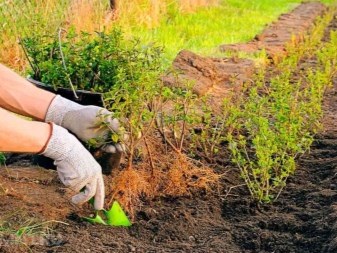
Spirea cuttings are planted after the end of the spring intensive growth, it stops in June. Planting can be carried out until September - October. It is important to properly prepare the cuttings before planting.
- For cutting, choose a vertical straight annual shoot.
- Cut into several parts, each with 4-5 leaves.
- The lower petioled leaves are removed. The remaining leaves are cut in half.
- Place in Epin solution for 1 day.
- Dip the stalk into powder to stimulate root growth.
- Plant in moist soil (a mixture of peat and sand) 2 cm at an angle of 45 degrees.
Cut shoots planted in boxes require regular watering 4-5 times and high humidity. Rooted cuttings are transferred to a permanent place next spring. It is possible to plant spirea in open ground with cuttings and in the fall. After spending the winter under the snow, the cuttings will take root in the spring.
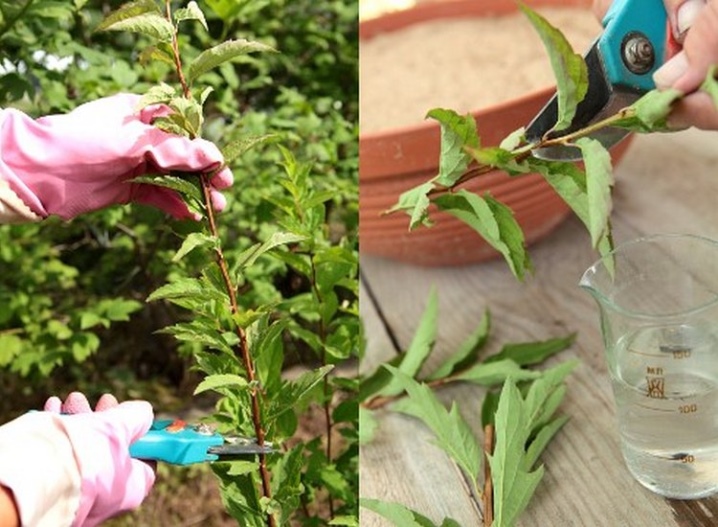
When the spirea is planted with layering, it is important to observe the following conditions:
- dig a small depression near the bush;
- a strong bent branch is bent and fixed;
- the tip of the branch is cut off;
- the groove with the shoot is covered with soil;
- before the onset of cold weather, cover with dry foliage.
If the cuttings take root, next spring, it is cut off from the mother bush and planted separately.
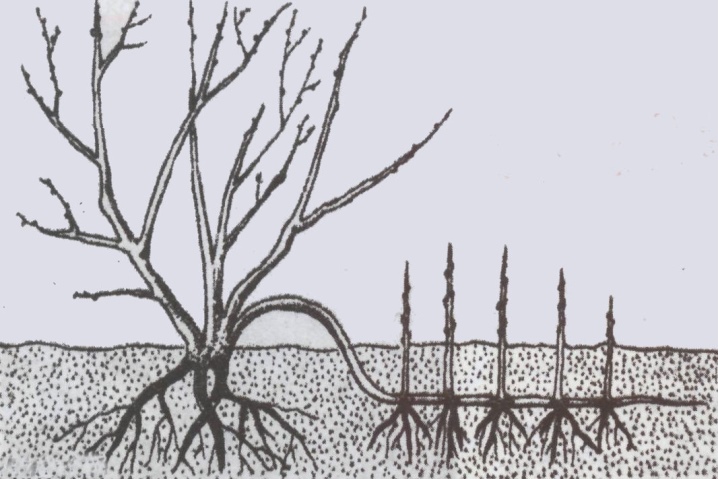
Timing
Seedlings on the site can be planted in spring or autumn. It is recommended to plant varieties in spring that bloom in summer. The transplant should be done before the kidney begins to swell. In the fall, spireas are transplanted, blooming in May or from August to October. The bushes are transplanted before the beginning of leaf fall.
Spirea seeds are planted in spring (April) or in autumn (October - November) in open ground or in special containers. A bed for plants is chosen in a shaded and closed place from drafts. So, most often spirea is bred in professional nurseries.
Spirea cuttings are planted in the summer. Cutting cuttings is recommended in June. Then they are immediately planted in the areas prepared for them, where they maintain optimal humidity, shading and airing. In the fall, before wintering, plants are sheltered from cold and mechanical damage.

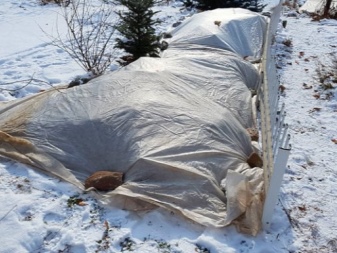
Seat selection
Spirea is very fond of the sun, in the absence of sunlight, the bush almost does not bloom. A cloudy, wet day is chosen for planting on the site. It is more difficult to replant adult plants with overgrown roots than young ones. A large bush can be easily divided into 2-3 more compact ones and planted side by side. In the garden, the culture grows well with conifers: spruce, thuja, juniper.
Soil preparation
A slightly acidic or neutral loose soil with an admixture of sod or leaf humus, which allows air to pass to the roots, is suitable for the plant. It is recommended to add sand and peat to clayey heavy soil. Clay and humus can be added to sandy soils. Recommended proportions: 2 parts of land, 1 part of sand and 1 part of peat.

Landing scheme
As a rule, a distance of 70 cm to a meter is made between the bushes, in miniature bushes the distance is about 50 cm.In a hedge, the distance is reduced to 30 cm. For a hedge, designers recommend choosing seedlings of the same variety, tall varieties are most suitable, undersized shrubs are suitable for a rock garden or rockery. A plant with a lush crown and a long flowering period is suitable for a single composition.
For spirea, a hole is dug a few days before planting and allowed to settle.
The size of the pit depends on the volume of the spirea rhizome. The hole is made a little wider than the roots of the bush. Deep into the hole, make 1.5 times more than is necessary for the seedling.
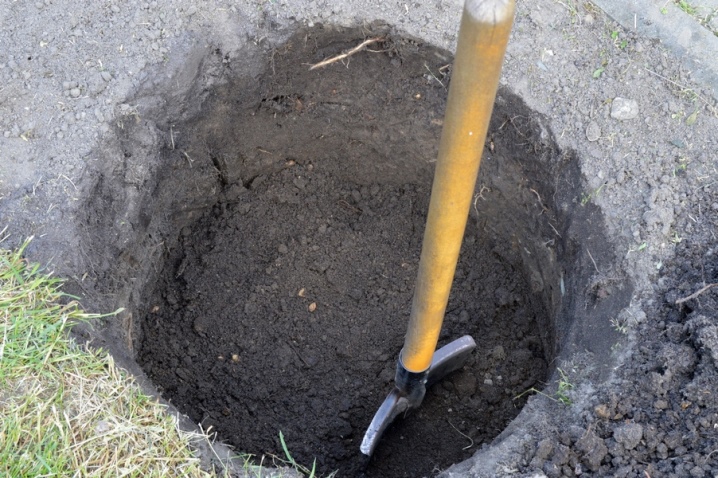
Place at the bottom:
- broken brick, pebbles or gravel 15-20 cm thick is drainage;
- a composition of leaf humus, peat and sand is poured on top with a mound;
- the bush is dug up, the roots are washed with water;
- the roots are placed vertically and distributed along the embankment;
- the neck of the root is located at the level of the edge of the planting pit;
- the pit is filled with earth;
- the bush is watered in parts (about 2 buckets of water) and the soil is poured;
- mulch with peat or sawdust (6-8 cm).
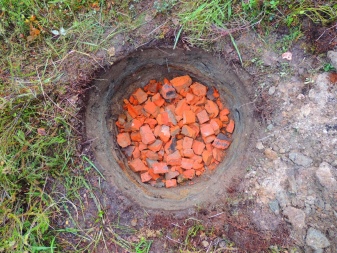
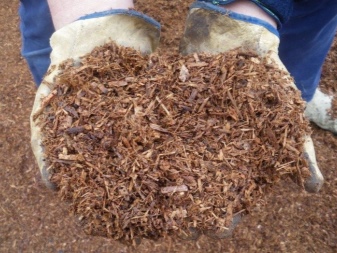
How to care?
Spirea is considered not a very capricious ornamental shrub, for which it is highly valued by gardeners. Even with minimal maintenance, the culture will adorn the garden with lush foliage and abundant exquisite flowering. In spiraea, the root system is located close to the surface, so the plant needs regular watering, especially in hot weather. The soil around the bushes must be loosened frequently to provide oxygen to the roots. This must be done very carefully so as not to damage the roots of the plant.
Weeds around the bushes should be weeded out, as they take up food, moisture at the roots and block the access of air to the soil.

Top dressing
For young plants, fertilization stimulates the growth of roots and young shoots, adult shrubs, with regular feeding, bloom for a long time and abundantly. They are fed 3 times a year.
- Spring. After pruning, the spirea is fed with nitrogen fertilizers. This dressing stimulates the growth of the plant, it is not advised to use it in the fall.
- Summer. For lush and abundant flowering in the current and next years, organic and mineral compounds are introduced (mullein solution with the addition of superphosphates).
- Autumn. Phosphorus-potassium complex fertilizers will help the plant accumulate the necessary nutrients for wintering.
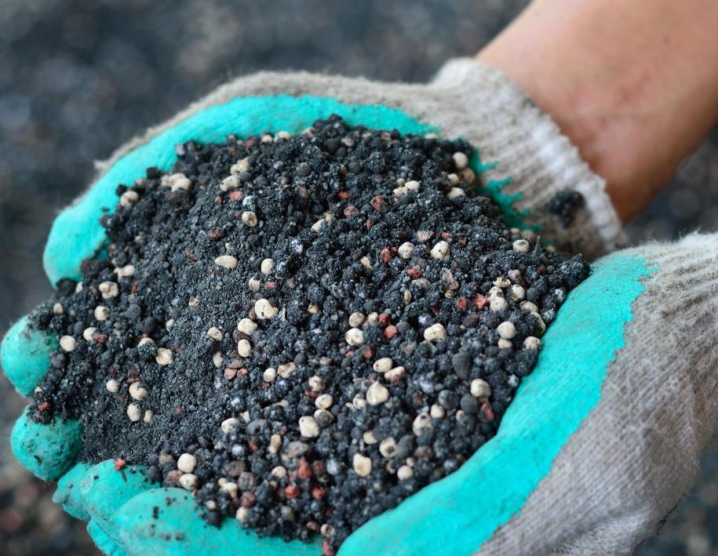
Pruning
All varieties of spirea tolerate pruning well. Regular pruning of shoots stimulates plant growth, new branches, and abundant flowering. In the spring, before the buds swell at an established above-zero temperature, dry, frozen and unaesthetic shoots are pruned. Old branches thicker than 2 cm can also be removed. Young bushes younger than 5 years old are not pruned.
Summer-flowering varieties are pruned to large buds, and thin and weak shoots are removed completely. Early flowering species (spring flowering) are completely cut off only after flowering is complete. Forming a bush, the branches are shortened by about one third.
In the fall, you can also carry out sanitary (remove dry and diseased shoots) and rejuvenating pruning (for bushes over 7 years old). Rejuvenating pruning (removing all old branches) is best done in several steps, for example, in spring and autumn. It is advised to do autumn pruning 3 weeks before the onset of frost. Some summer-flowering species, for example, Japanese spirea, can be cut 3-4 times per season.
Pruning after the first flowering encourages the shrub to bloom again in the fall.
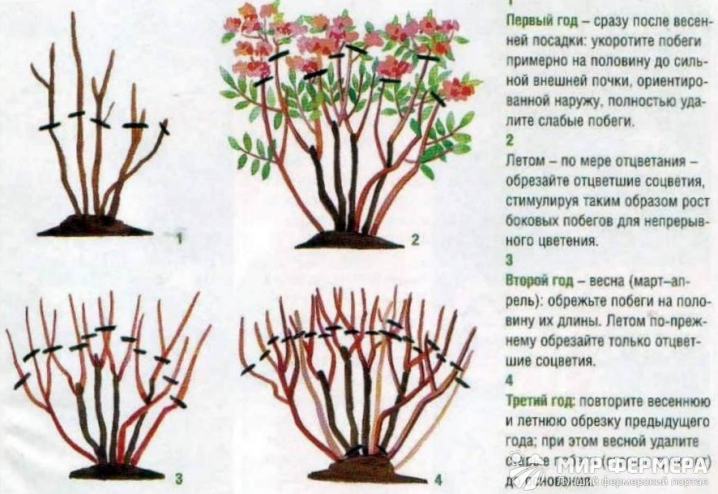
Watering
Spirea is a plant that is resistant to a lack of moisture, but with abundant watering, the bush grows luxuriantly and blooms much more abundantly. Young plants require less water than mature shrubs. Low-growing varieties are watered 2 times a month with 10-15 liters, for tall shrubs the norm is 15-20 liters per month. The soil around the spirea should be loose, do not allow the appearance of a hard crust on the surface. Small plants are less resistant to drying out of the soil than large ones.
It is important to take into account that all spireas do not tolerate stagnation of moisture in the soil poorly.

Light and temperature
Spirea prefers a lot of light. It is recommended to plant a bush in sunny areas. In partial shade, the spirea also grows quite well, but it will not bloom profusely, with the exception of shade-tolerant species. The plant is resistant to temperature changes, withstands cold weather or heat well. Abrupt and frequent changes in temperature conditions negatively affect the condition of the shrub. The culture is resistant to frost and frost. After freezing in winter, it quickly recovers.
Preparing for winter
Preparing a spirea bush for winter does not take much time. They cover the plants in the fall when the temperature drops, but before the ground freezes. Dry inflorescences in late-flowering varieties are cut off after flowering, the roots of the plant are covered with a layer of dry foliage 10-15 cm thick. For young plants, the space around the root collar is additionally mulched with humus.
Most species of spirits tolerate frosts down to -35 ° C. In regions with a harsh climate and for thermophilic species, spireas make a shelter. It is not recommended to cut the plant in the fall in the northern regions.
In frosty winters with little snow, it is better to cover the bushes completely in central Russia.
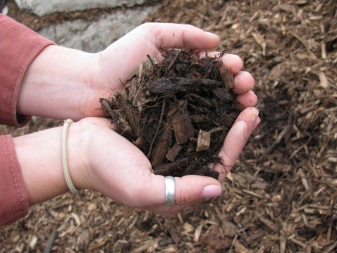
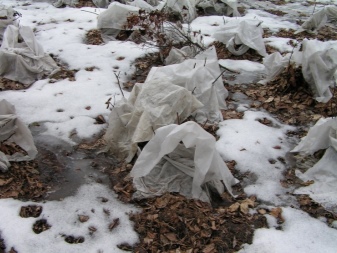
How to cover a spirea bush?
- The branches are collected and tied up.
- Low bushes are bent to the ground and fixed. For especially tall ones, special frames are made.
- Cover from above with dry foliage, spruce branches, sawdust, burlap.
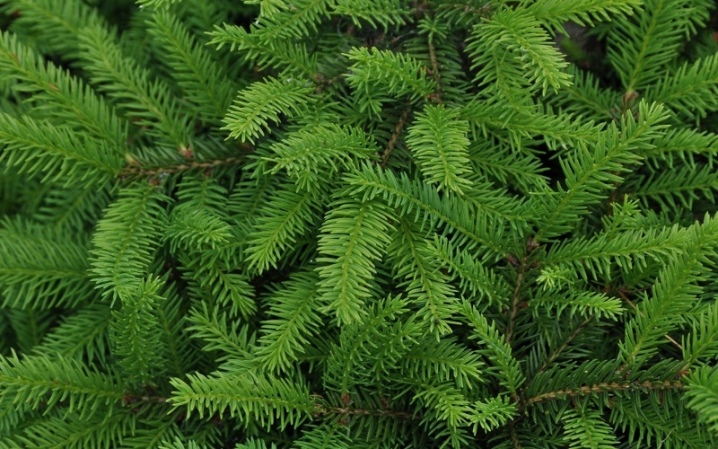
Possible growing difficulties
In hot summer it is recommended to water spirea 2 times a week. Watering is done with not very cold water, it is better with warm, standing in the sun. In case of excess moisture, the shrub will begin to fade, and gray spots may appear on the leaves - these are fungal diseases. At the first signs of the disease, the plant is treated with Bordeaux liquid, foundation or colloidal sulfur.
The plant can also wither when pests appear. The most dangerous is the spider mite. Yellowing and dropping of the crown, holes in the leaves and inflorescences, white cobwebs between the shoots - these are signs that ticks have settled on the bush. Plants are sprayed solution of "Karbofos" or "Phosphamide"... Snails and aphids also like to settle on spirea branches.
In early spring, shoots are treated with Fitoverm, but it is recommended to repeat the treatment during the season for prevention.


Fertilization and watering are necessary for the plant during growth, bud formation and lush flowering. It is important to observe the measure when applying top dressing and watering. Spirea is fed 2-3 times a year, and watered only in dry summer. An adult large plant is capable of extracting moisture from the lower layers of the soil. After the end of flowering, it is better to cut off the inflorescences, so the spirea will not expend energy on the formation of seeds.
If the bush has been growing in one place for a long time and has ceased to bloom intensively, then you can update it. On a cloudy autumn day, it is watered and dug up. The roots are freed from the ground, washed with running water. Damaged shoots and roots are removed, leaving strong and strong. The bush is planted in a new place, introducing fresh substrate into the pit. Water, the place around the roots is mulched.
As you can see, in order for the spirea to decorate the garden with lush greenery and beautiful flowers, it requires: proper planting, minimal care and timely pruning. And then the unpretentious and graceful shrub will delight gardeners for many years.
For tips on caring for spirea, see below.

































































The comment was sent successfully.